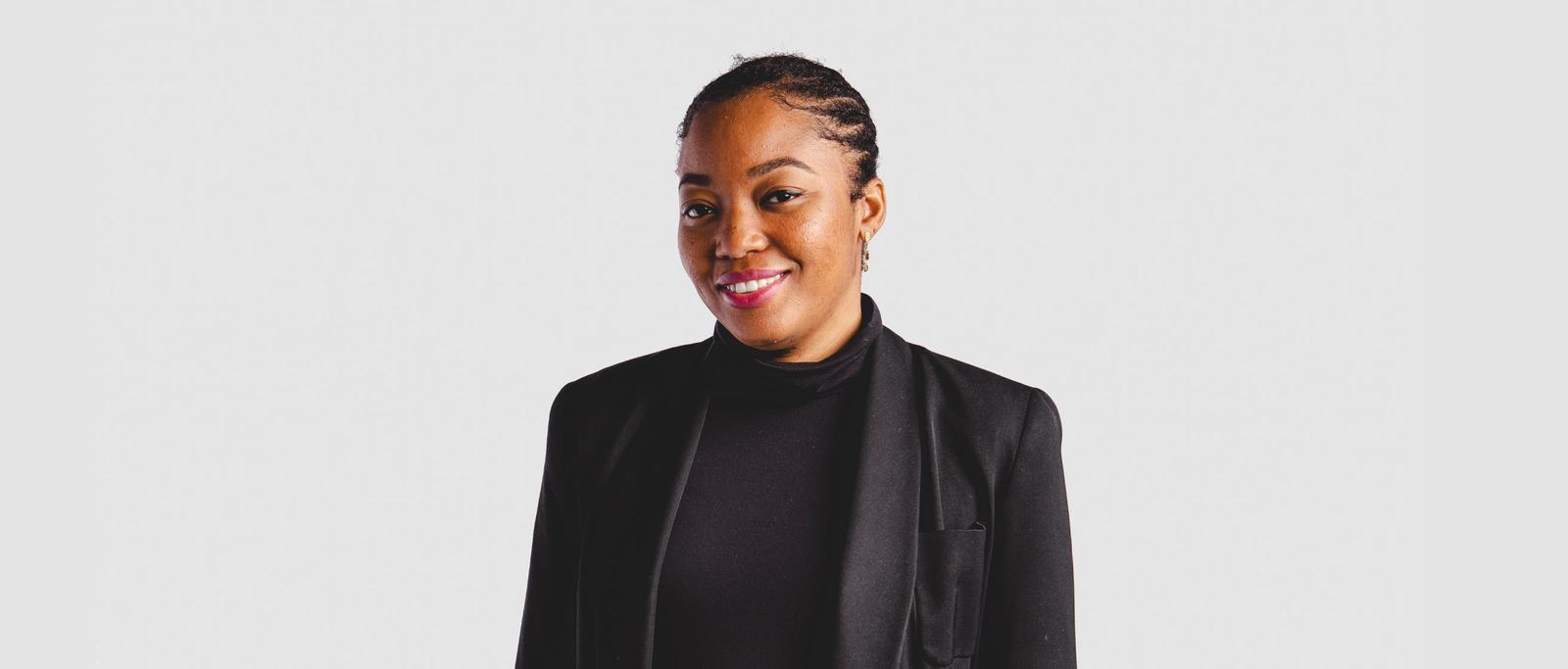
Shani Sandy
Design Executive,
IBM Systems
↓
Artist, designer, leader.
“Designing Forward” is my philosophy—meaning the earnest pursuit of progressing business forward in extraordinary ways through the design discipline and leadership. Such challenging transformation is what attracted me to my role as a Design Executive at IBM, working at the intersection of design, technology, and business.
While forever a practitioner, beginning my career as a Web and Graphic Designer and on to Creative Director, my focus in the last five years has shifted from the designing for craft to designing for culture. My belief in the power of design keeps me actively engaged in the creative and design community and nurturing emerging talent.
Determined to gain real-world experience while in college, I began my design career as a Creative Intern at Young & Rubicam in New York City. I harbored aspirations of becoming an Art Director. But, unwilling to abandon my passion for painting and still retaining a curiosity for other disciplines, I left NYC to pursue degrees in both Liberal Arts and Fine Arts in Boston. I took full advantage of the town’s many collegiate offerings by taking classes at three higher education institutions and honing a multidisciplinary education.
During this transition, I caught the computer “bug” that would stay with me for the rest of my life. A mandatory computer science class required the creation of my own website—which, unbeknownst to me at the time, would later become the platform for promoting my independent studio. While I enjoyed the freedom and variety of studio work, I found a desire to build and grow at a more impactful scale. That opportunity arrived when I landed a position as the first designer for a tech startup. From there, I continued to evolve my career across a decade, and soon was leading a global team spearheading many exciting first-ever and award-winning initiatives.
I’m passionate about this topic. I conducted my thesis research, “The Bold Principle,” on diversity and creativity. Diversity comes in many varieties beyond the common identity factors. However, in my work I examined the perceptions of black designers when it comes to creativity. My efforts were in search of new approaches to design creativity and highlight underrepresented voices. From this work and my own experience, I believe the advantages of diverse teams are plentiful, yet can only be tapped into if the conditions—such as the environment: culture, inclusion, opportunity—also embrace diversity. At which point, we can see advantages.
One, diversity begets diversity, meaning that different types of diversity—from identity to character—attract other differences and position our teams for better outcomes because of the richness in the teams’ skills, experiences, perspectives, and more.
Two, diversity raises the bar. Significant research has shown that diverse teams yield better performance that those that are not. Diverse perspectives offer difference and dissention which can provide opportunity for the critique and rigor of our thinking that ultimately informs what we create for a continually changing world. Three, diversity reveals truths. There is no one single truth from a human experience perspective. To get us closer to those truths, it is a must that a range of human experiences are embraced.
Empowerment.
At the root of this aspiration is that I want any woman in design to be empowered to craft their career. This goal means that women can embrace who they are, as a woman, and beyond their gender. It means that they can define and create their path, mapping out where they want to be without self-imposed or unworthy institutional barriers, and have a supportive team to enable them forward. I hope in the next 5 years we see significant increases in our women design leaders, and when the book is written on the evolution of Design at IBM, in addition to Noyes and Rand, I expect to see the women leaders that kept the design torch of IBM going and pushed it to its next evolution.
From the research and data that exists on man versus woman career growth and opportunity, it is without a doubt that I would advance the career ladder at a more accelerate pace and also be paid more. These stats reveal the bias that exist in our institutions and ourselves.
Sponsor women leaders—through actively advocating for them and naming them into deserved position. Men and women: Provide intimate counseling to fellow women leaders. Call out and address gender inequity when you see it.